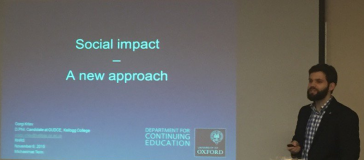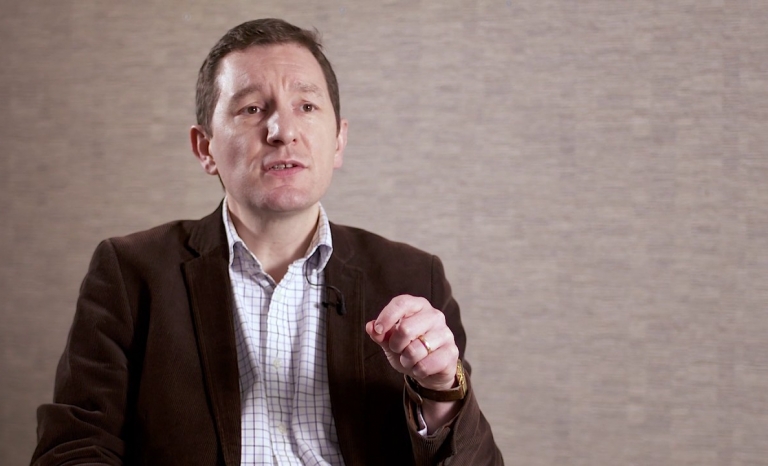ITSSOIN (Impact of the Third Sector as Social Innovation), a major 3-year research project funded by the European Commission, has investigated this question.
To answer it we have identified seven different ‘social innovation streams’: New approaches, principles of action, governance forms or modes of organisation that have fundamentally affected a field of activity, and already for a certain period of time (at least for five years back from today) and across national borders, so that they are not geographically restricted.
More information on the streams we have studied can be found on our ITSSOIN website: (1) Arts for spatial rejuvenation (Arts&Culture); (2) New governance arrangements to reach marginalized groups (Social Services); (3) The ‘recovery approach’ to mental health (Health Care); (4) Promotion of bicycle use in urban contexts (Environmental Sustainability); (5) Online financial education (Consumer Protection); (6) Cross-sector partnerships (Work Integration); (7) Self-organized integration of refugees (Community Development).
What we arrived at in studying these streams is that there is not one single formula that determines organisations’ social innovativeness. On the contrary, we have found that conditions enabling social innovation vary significantly across fields. Yet, there are some organisational traits that emerge as more important than others. Most prominent among them are social needs orientation, external organisational openness and local embeddedness, and also but less uniformly pro-social values and voluntary engagement. Actors exhibiting these traits were able to take on central or ‘hub’ positions in networks between diverse actors that have proved to be central in driving social innovation.
Third sector organisations often inhabit this role. However, they cannot solve challenges on their own, but need dedicated partners with shared value sets. The formation of such networks can be steered by policy only to degree. In some instances political steering is counter-productive, since informal and fluid structures are needed. ITSSOIN calls the assumption that social innovations can be replicated with uniform approaches into question. But it also suggests that there are some general principles that act at triggers in promoting or slowing down social innovation and thereby moderate its socio-economic impact.
We need to understand better how to operate these triggers, but we already have knowledge at hand to direct policy making and organisational management. For advancing social innovation we must move away from an isolated existence of actors, who transfer burdens from one realm into the other, using the ‘self-regulating’ capacity of social innovation as an excuse for their own inactivity. Instead we need to find ways in which diverse actors, with distinct capabilities and within specific settings, can interact productively.
Only then can we hope to spread social innovations further, which if nurtured in the right way do in fact provide effective answers to the current challenges of our time: sustainable financial markets, social inclusion, environmental sustainability, health and social services provision for vulnerable persons, liveable communities, employment, competitiveness.
Parts of this blog post are taken from the research and policy briefs to be published on the ITSSOIN website soon.












Add new comment